We believe that every student deserves to learn in an environment where they feel safe, supported, and secure. Illustrated by Maslow’s Hierarchy of Needs, safety is a fundamental requirement that must be met before individuals can focus on higher-level growth, including learning and academic achievement. When schools prioritize safety through thoughtful design, proactive measures, and a culture of awareness, students not only feel more secure, but also better equipped to focus, engage, and excel.
Research shows that students who feel secure are more attentive, experience reduced anxiety, and maintain better attendance — all essential factors for academic success. By developing safe learning environments with intentionality, we create the foundation for students to reach their full potential.
Unfortunately, a recent Sandy Hook Promise report reveals that school violence concerns are significantly impacting parents and children. According to the survey of 1,000 parents, 80% believe the threat of school shootings has changed childhood experiences. Nearly 40% of parents think about school shootings weekly or daily. Additionally, 25% of parents reported their child had voiced safety concerns in the past year, and 44% felt these fears influenced their child’s daily behavior.
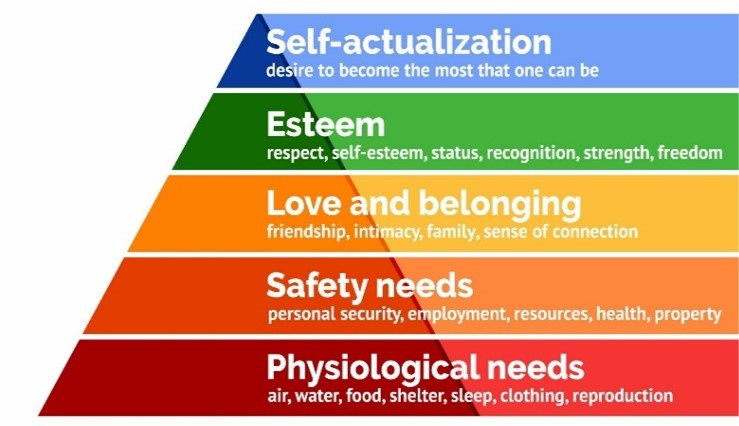
What Do National Safety / Security Experts Recommend for Schools?
Crime Prevention Through Environmental Design (CPTED) is the nationally accepted framework for addressing the safety and security of school facilities. CPTED’s four key principles are: enhancing supervision, controlling access, fostering a sense of community and belonging, and ensuring vigilant maintenance of security systems. While enhancing supervision and controlling access are more defensive in nature, experts emphasize the importance of balancing these with proactive strategies.
The principle of ‘fostering a sense of community and belonging’ is particularly crucial but can be misapplied. While some security strategies may seem at odds with creating warm, welcoming environments, they don’t have to be. Thoughtfully applying all principles of CPTED, including those that support connection and identity, leads to safer, more supportive schools. The added benefit? Research confirms that when students feel a strong sense of belonging, engagement rises, and academic performance improves. By integrating security with community-building, schools can create environments where students feel both safe and supported.
Why is Fostering a Sense of Community and Belonging Often Misapplied, and What Are the Consequences?
Fostering a sense of community and belonging within a school means creating an environment where students feel welcomed and emotionally supported. This is particularly important when students first enter a school building. If school entries are designed to feel more like barriers that keep people out, this can undermine students’ sense of connection and agency. Entrances should be designed to welcome students in, fostering a sense of belonging and empowerment rather than creating barriers that disengage or exclude them. Thoughtful design choices can transform an entryway into an inviting, student-centered space that encourages exploration, collaboration, and connection from the moment they arrive, while still incorporating the latest advancements in safety and security practices and technologies.
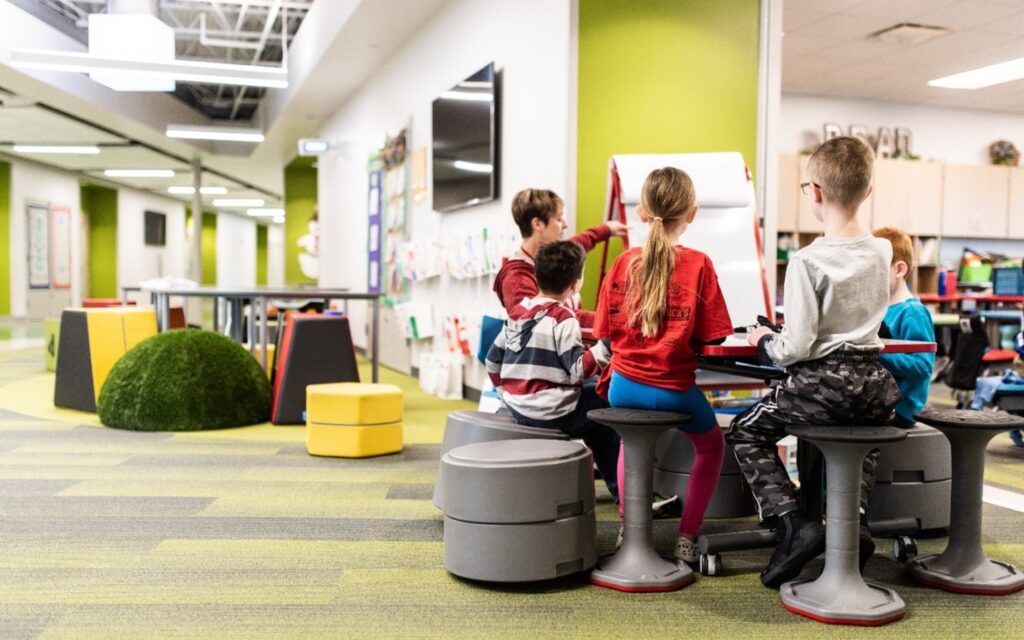
Moreover, incorporating biophilic design elements, which bring nature into the building, has been shown to enhance social and emotional learning. Spaces designed with natural light, plants, and connections to the outdoors can help students feel more at ease and engaged.
The design elements noted above for creating a sense of community often emphasize visual connections, warmth, and openness, which may seem at odds with the CPTED principle of access control. However, with careful planning, these principles can complement each other. For example, classrooms with large expanses of operable glass can maintain a strong visual connection to a commons area, while incorporating a cubby or storage alcove that provides a place of refuge outside the direct sightline from the corridor. Security laminates on glass can help protect against intrusion, and advancements in automatic locking door hardware allow spaces to be quickly secured when necessary.
Entire classroom wings can feature doors that automatically close and lock, but can be detailed with hold-opens to preserve a sense of openness and welcome. The key is to layer security features in a way that enables access control without projecting a sense of isolation, closure, or fear. When spaces feel closed off or unwelcoming, it can lead to a sense of isolation, making it harder for students to feel connected to their surroundings and community. This lack of connection can, in turn, contribute to increased feelings of loneliness and disengagement, potentially exacerbating mental health and behavioral challenges.
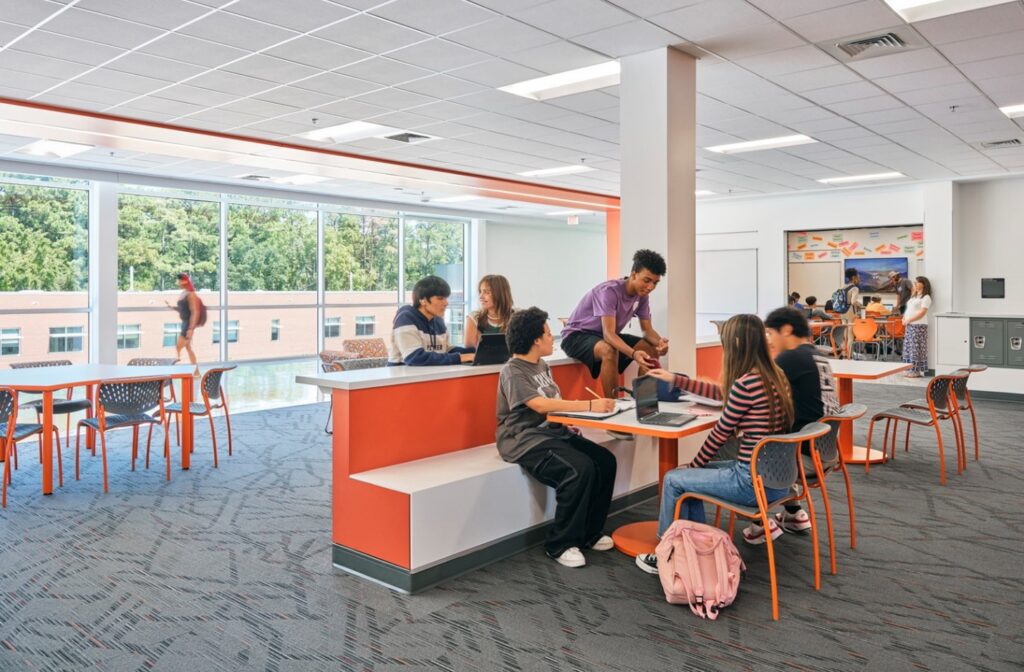
Fostering a sense of community also plays a key role in academic performance
Research shows that learning environments that feel warm, welcoming, and visually connected can contribute to lower absenteeism rates and higher levels of student growth. Additionally, spaces that empower learner agency and provide choice foster engagement — an essential precursor to overall student success. By intentionally designing environments that support belonging, flexibility, and student autonomy, schools can create spaces that not only enhance learning but also promote well-being and achievement.
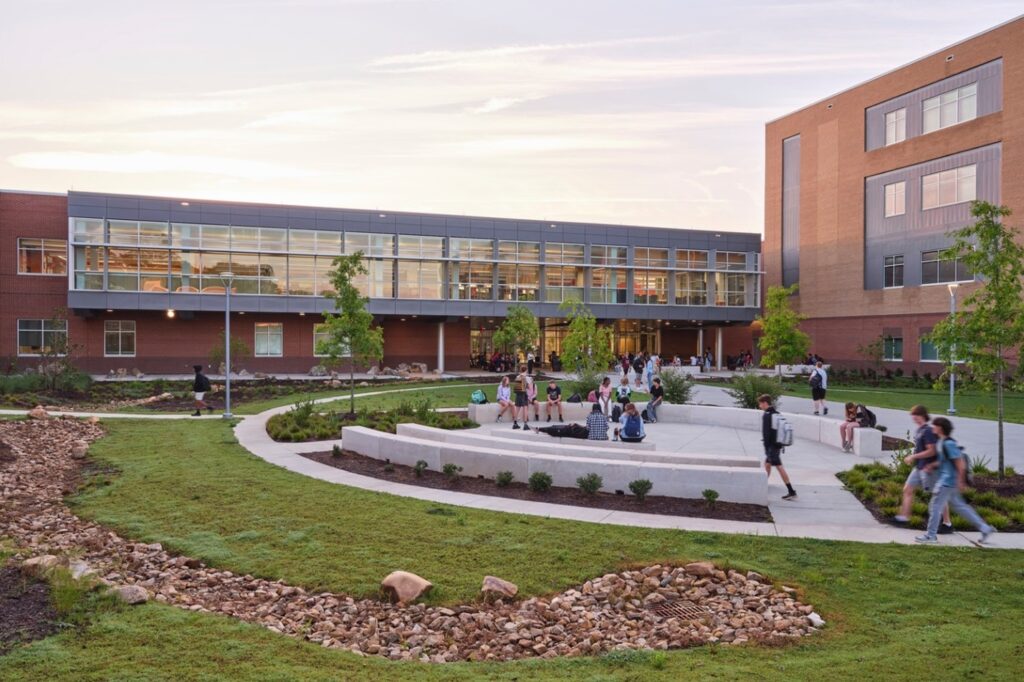
When schools prioritize safety through thoughtful design, proactive measures, and a culture of awareness, students not only feel more secure, but also better equipped to focus, engage, and excel.
Active learning practices can also significantly enhance students’ social and emotional learning (SEL) competencies, an integral element of a safe and secure school. Active learning, which involves engaging students through interactive, participatory methods, not only bolsters academic achievement but also builds community and fosters essential social and emotional skills.
A comprehensive meta-analysis of 213 school-based prevention programs focused on promoting SEL evaluated their impact across six key domains: social and emotional skills, attitudes toward oneself and others, positive social behaviors, conduct problems, emotional distress, and academic performance. The study revealed that SEL programs had significant and positive effects across all six domains, underscoring the broad, multifaceted impact of these programs.
Specifically, students participating in SEL programs demonstrated improvements in their ability to manage emotions, build strong relationships, and exhibit prosocial behaviors. Additionally, there were reductions in conduct problems and emotional distress, as well as improvements in overall academic performance. These findings emphasize the value of universal, school-based prevention programs in fostering both personal and academic growth, suggesting that implementing SEL curricula in schools can have far-reaching benefits not just for individual students, but for the overall school climate as well.
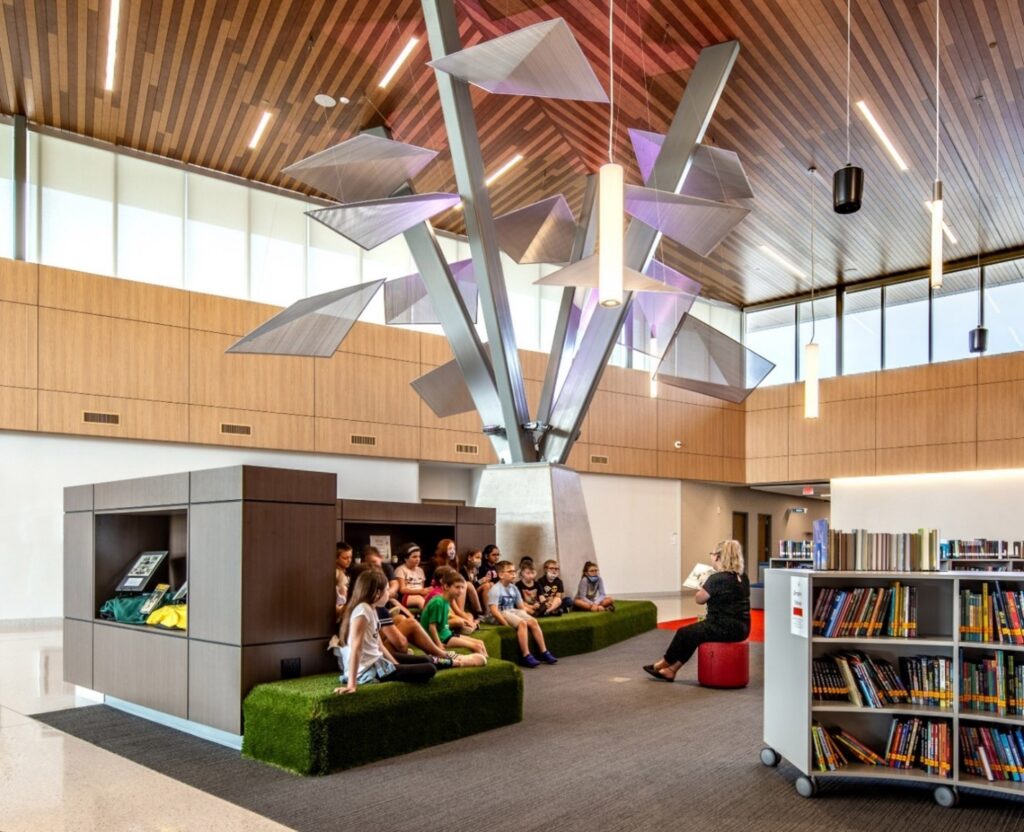
Summary and Key Takeaways
There is no one-size-fits-all solution when it comes to school safety and security. The right approach for each community will differ. For example, in urban environments, students may feel more secure with visible security measures like metal detectors, whereas in rural areas, these same measures might have the opposite effect and make students feel uncomfortable. As safety and security strategies continue to evolve, new technologies and tools are being developed every day, offering more ways to enhance school environments.
Ultimately, the key to successful K-12 design lies in incorporating the highest levels of supervision and access control while ensuring that the school environment also fosters a sense of community and belonging. This thoughtful balance is essential to creating safe, supportive, and engaging spaces for learning.

